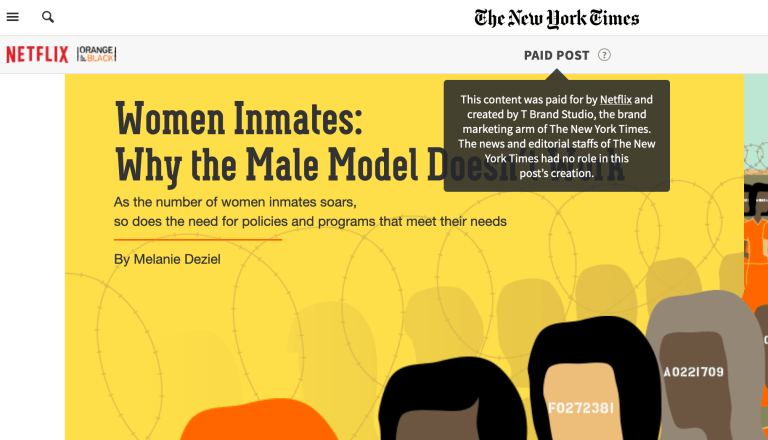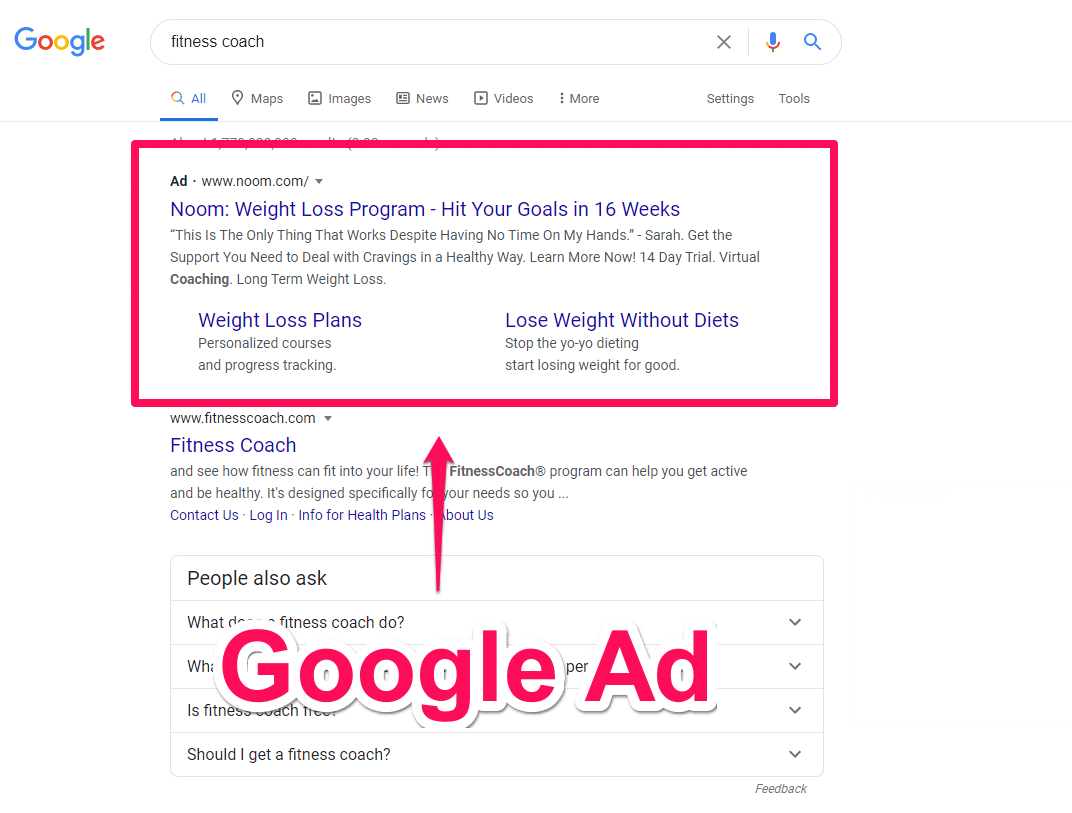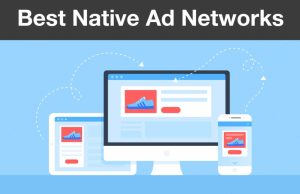Here you will understand what are the types of native advertising that you can find in the spectrum of digital advertising. Adqva native ads are a set of tools that will allow you to stand out over your competitors. Native advertising, also known as native ads, is an advertising technique that seeks to ‘camouflage’ itself in content to promote brands, services or products.
The simplest example of this occurs when you enter a news site, and you see boxes at the bottom of a note that suggest you read new texts. Some of them may be a box paid by an advertiser. The idea is to encourage you to end up reading a text on a brand’s blog, or a very interesting article.
Is native ads the same as content marketing?
Being an advertising technique, it is necessary to clarify that native advertising is a way to distribute or amplify content, but it IS NOT content marketing. The big difference is that the first implies that brands pay an external media for a space to publish content. The second is focused on the creation of a content strategy that must live in the company’s or brand’s own media.
Adqva native ads could use any of the next formats
1- Branded content
Technique of creating relevant, entertaining or interesting content, with an advertising aspect, generated for a brand. Brands normally leverage the media to take advantage of their audiences, therefore branded content normally lives in assets that are not branded, and leverages third-party audiences to achieve its dissemination and amplification.
Content creation is the bridge that connects a brand with the consumer through content that goes in a single path from the brand to the consumer. Educational, informative or entertaining formats that attract the attention of the public should be used.
An example of branded content is the video Dumb Ways to Die. It was a campaign carried out by the Melbourne government (MetroTrains) in 2012 through an animated short showing unreasonable acts that could mean a person’s death. Among these acts were irresponsible behavior within the subway. This campaign generated strong recall which allowed the accident rates in the subway to drop.
2- Sponsored links or in-feed ads
It refers to those links that are integrated into the editorial content and lead to an external page where the content that you want to advertise is found. This is common to see, for example, in the feed of a social network. It shows ads on the timeline (in the case of Facebook) or sponsored tweets. With this in mind, this type of native advertising is also known as in-feed ads.

3- Sponsored Content
This is one of the types of native ads that includes content that integrates with the media in a natural and fluid way. It follows the language, editorial line, target audience, etc. of this media. It seems that it is about any other content of the page that is being visited.
A successful case of this kind of publicity was the one made by the New York Times when it published a complete article (with striking graphics, audio and video) in which the problem of women prisoners was analyzed. This extensive report was actually an advertisement paid for by Netflix to promote the television series Orange is the New Black which is set in a women’s prison.

4- Featured search engine ads
More than 80% of buyers first turn to search engines (Google, Bing, Yahoo, etc.) to find out about a brand or product. Therefore, these ads are very effective for any business, since they only appear when the search is related to the ad.
This is another type of native ads that is recognized by appearing in the first search results and carrying a color notice with the distinctive ‘Ad’. This is what is called Search Engine Marketing (SEM) and it is an ideal advertising technique to achieve brand positioning (branding).

5- Product Placement
A common example of this type of native ads is when in a movie we see that one of the characters is served or mentions a particular brand of whiskey. It is not directly related to the story, but the moment is used to put a certain brand in the mind of the audience.
Exactly the same thing happens in the digital realm, as seen, for example, in this article from The ONION, where a very specific product is mentioned to start an article of interest.

6- Recommended content widgets
This type of native ads follows the appearance of editorial content and is characterized in that the ad or paid content is displayed in a widget format that directs to a page outside the website. This format is integrated into the page and can be distinguished because, in general, they have expressions such as “You may also like” or “We recommend you”.

7- Promoted Lists
This type of native ads is used on websites that do not have editorial spaces, but instead offer products or services. It is characterized because it is mixed in the navigation, showing itself exactly the same as the products or services offered by the website. The difference is that it redirects directly to the pages of the brands. The best example of this could be Amazon.
Conclusion on native ads and adqva native ads
Without realizing it, brands are reaching out to us in creative ways to insert themselves into our minds. Native ads is a trend that is gaining ground, taking into account its effectiveness in attracting the audience (an IPG Media Lab study indicates that 52% of people pay more attention to native ads than to traditional banners).
If you are wondering how to attract attention, think about one of these types of advertising that moves away from intrusive techniques to focus on advertising content that adds value to the user’s browsing experience.
Contact us if you are interested in delving into this topic for your brand.







